- No products in the cart.
Bonifen tab n / 275mg film about 10 pc
$3.78
Bonifen tab n / 275mg film about 10 pc
Description
Composition
Active substance:
1 tablet contains: sodium naproxen 275.00 mg.
Excipients:
Povidone K30, microcrystalline cellulose, talc, magnesium stearate, purified water jacket: hypromellose, titanium dioxide (E171), macrogol, dye indigo carmine (E132).
Description:
Oval biconvex tablets, film-coated blue.
Product form:
Tablets, film-coated, 275 mg.
10 tablets in blister PVC / aluminum foil. 1 or 2 in the blister pack carton along with instructions for use.
Contraindications
Hypersensitivity to naproxen or naproxen sodium; with anamnestic data fit bronchial, rhinitis, urticaria, after receiving aspirin or other NSAIDs (complete or incomplete syndrome intolerance of acetylsalicylic acid – rhinosinusitis, urticaria, polyps, nasal mucosa, bronchial asthma);
Since the aortocoronary bypass surgery;
Erosive and ulcerative changes in gastric mucosa and 12 duodenal ulcer, active gastrointestinal bleeding;
Inflammatory bowel disease in the acute phase (Ulcerative colitis (UC), Crohn’s disease);
Cerebrovascular bleeding or other bleeding disorders and hemostasis;
Severe hepatic insufficiency or active liver disease;
Renal failure (creatinine clearance less than 20 mL / min), including hyperkalemia confirmed, a progressive kidney disease;
Inhibition of bone marrow hematopoiesis;
Pregnancy, breast-feeding;
Nalgezina® One tablet contains 275 mg of naproxen, and the drug is not recommended for children under the age of 9 years and / or weighing less than 27 kg.
Precautions: coronary heart disease, cerebrovascular disease, congestive heart failure, dyslipidaemia / hyperlipidemia, diabetes mellitus, peripheral arterial disease, smoking, creatinine clearance less than 60 mL / min; medical history of the development of ulcerative lesions of the gastrointestinal tract (GIT), the presence of Nelicobacter pylori infection, old age, long-term use of NSAIDs, frequent alcohol consumption, severe somatic diseases, concomitant therapy with the following drugs: anticoagulants (eg, warfarin), antiplatelet agents (for example, acetylsalicylic acid, clopidogrel), oral corticosteroids (e.g., prednisone), selective serotonin reuptake inhibitors (e.g., citalopram, fluoxetine, paroxetine, sertral n). To reduce the risk of adverse effects on the gastrointestinal tract should use the lowest effective dose of the lowest possible rate. Children age 9 to 12 years of drug is given only under medical recommendation.
Dosage
275 mg
Indications
Diseases of the musculoskeletal system (rheumatoid arthritis, psoriatic, juvenile chronic arthritis, ankylosing spondylitis (ankylosing spondylitis), gouty arthritis, rheumatic soft tissue, osteoarthritis of peripheral joints and spine, including radicular syndrome, tenosynovitis, bursitis).
Pain syndrome weak or moderate severity: neuralgia, ossalgiya, myalgia, sciatica, post-traumatic pain (sprains and injuries), accompanied by inflammation, postoperative pain (in traumatology, orthopedics, gynecology, maxillofacial surgery), headache, migraine, tuberculosis, adnexitis, toothache.
In the combined therapy of infectious and inflammatory diseases of the ear, nose and throat with severe pain (pharyngitis, tonsillitis, otitis media).
Feverish syndrome with “colds” and infectious diseases.
Nalgezin® used for symptomatic therapy (to reduce pain, reduce inflammation, and elevated body temperature) and the progression of the underlying disease is not affected.
Interaction with other drugs
When treatment with anticoagulants should be borne in mind that naproxen may increase bleeding time. You should not use the drug concurrently with other NSAIDs (risk increase of side effects).
Patients simultaneously receiving hydantoins, anticoagulants or other drugs that bind to a large extent to plasma proteins should watch for signs of potentiation of or overdose of these drugs.
Nalgezin® drug may reduce the antihypertensive effect of propranolol and other beta-blockers, and may also increase the risk of renal failure associated with the use of ACE inhibitors. Under the action of naproxen inhibited natriuretic action of furosemide. Inhibition of renal clearance of lithium increases the lithium concentration in the plasma. Admission probenecid increases the levels of naproxen in plasma. Cyclosporin increases the risk of renal failure.
Naproxen slows excretion of methotrexate, phenytoin, sulfonamides, increasing the risk of their toxic effect.
Antacids containing magnesium and aluminum, reduce the absorption of naproxen.
Overdose
A considerable overdose may be characterized by drowsiness, dyspeptic disorders (heartburn, nausea and vomiting, abdominal pain), weakness, tinnitus, irritability, and in severe cases – hematemesis, melena, disturbance of consciousness, convulsions and renal failure).
A patient who has taken accidentally or intentionally Nalgezin® large amount of the drug must be rinsed stomach and symptomatic therapy: activated charcoal, antacids, H2-receptor blockers, proton pump inhibitors. Hemodialysis is ineffective.
pharmachologic effect
Pharmacological group:
Nonsteroidal anti-inflammatory drug (NSAID).
Pharmacological properties:
Nalgezin® represents drug naproxen, has analgesic, antipyretic and antiinflammatory action. The mechanism of action is related to non-selective inhibition of cyclooxygenase 1 and 2 (COX-1, COX-2).
Tablets, film-coated, Nalgezin® readily soluble, rapidly absorbed from the gastrointestinal tract and provide a rapid onset of analgesic effect.
Pharmacokinetics:
Absorption from the gastrointestinal tract – rapid and complete bioavailability – 95% (eating virtually no effect on the completeness or the rate of absorption). Time to maximum concentration – 1-2 h, the connection with plasma proteins of> 99%, half-life of – 12-15 h Metabolism -. in the liver to dimetilnaproksena involving CYP2C9 enzyme system. Clearance – 0.13 ml / min / kg. Is displayed on the kidneys 98%, 10% of them are excreted unchanged; with bile – 0.5-2.5%. The equilibrium concentration is determined to receive 4-5 doses (2-3 days). In renal insufficiency possible accumulation of metabolites.
Pregnancy and breast-feeding
Nalgezin® not recommended for use during pregnancy and lactation.
Conditions of supply of pharmacies
Available without prescription.
side effects
Side effects are most frequent at higher doses Nalgezina®: – from the digestive system side: constipation, abdominal pain, dyspepsia, nausea, diarrhea, ulcerative stomatitis, erosive and ulcerative lesions and bleeding of the gastrointestinal tract, increased activity of “liver” enzymes, the liver, jaundice, hematemesis, melena; – on the part of the central nervous system: hearing loss, dizziness, headache, drowsiness, depression, sleep disorders, inability to concentrate, insomnia, malaise, myalgia and muscle weakness, slow reaction rate, aseptic meningitis, cognitive dysfunction; – with the skin: itching, ecchymosis, increased sweating, purpura, alopecia, photodermatosis; – on the part of: the noise in the ears, blurred vision, impaired hearing; – on the part of the cardiovascular system: edema, shortness of breath, palpitations, congestive heart failure, vasculitis; – with the urogenital system: glomerulonephritis, hematuria, interstitial nephritis, nephrotic syndrome, renal failure, renal papillary necrosis, menstrual irregularities; – by the blood-forming organs: eosinophilia, granulocytopenia, leukopenia, thrombocytopenia, aplastic anemia; – on the part of the respiratory system: eosinophilic pneumonitis; – allergic reactions: skin rash, urticaria, angioneurotic edema, epidermal necrosis, erythema multiforme, Stevens-Johnson syndrome; – Other: thirst, hyperthermia, hyperglycemia, hypoglycemia, hemolytic anemia.
If you notice such effects, stop taking the drug and, if possible, consult a doctor.
special instructions
Do not exceed the dosage specified in the instructions. To reduce the risk of adverse effects from the gastrointestinal tract (GIT) should use the lowest effective dose of the lowest possible short course.
If pain and fever persist or become stronger, you should consult a doctor.
Patients with asthma, with bleeding disorders, as well as in patients with hypersensitivity to other analgesics before taking Nalgezina® should consult a doctor.
Caution should be used in patients with liver diseases and renal failure. In patients with renal failure is necessary to control the level of creatinine clearance. Naproxen is not recommended: When the level of creatinine clearance less than 20 mL / min. In chronic alcoholic and other forms of cirrhosis the concentration of unbound naproxen is increased, however such patients are recommended lower doses.
Nalgezin® should not be taken with other anti-inflammatory and analgesic drugs, except for medical appointments.
Elderly patients also recommended lower doses.
Avoid receiving naproxen for 48 hours prior to surgery. If necessary, the definition of 17-corticosteroid preparation should be canceled 48 hours prior to the study. Similarly, naproxen may affect the determination of 5-hydroxyindoleacetic acid in the urine.
Use of naproxen as well as other drugs that block prostaglandin synthesis can affect fertility, is therefore not recommended for women wishing to become pregnant.
Each tablet Nalgezina® comprises about 25 mg of sodium. While limiting salt intake, it is necessary to take into account.
Naproxen slows down the reaction rate in patients. This should be taken into account when driving or performing tasks requiring attention.
Storage conditions
At temperatures above 25 C, in the original package.
Keep out of the reach of children.
Dosing and Administration
Inside. The tablets should be taken with plenty of water. Be sure to follow your doctor’s instructions. You should not stop treatment or change the dose without first consulting your doctor.
Ask your doctor the duration of use of the drug.
Recommended treatment scheme:
A typical daily dose used for pain relief, is 2 – 4 tablets (550 – 1100 mg).
At very strong pain and no history of gastrointestinal diseases physician may increase the daily dose of 6 tablets (1650 mg), but not more than 2 weeks.
When using the drug as an antipyretic initial dose is 2 tablets Nalgezina® further adopted Nalgezina® 1 tablet (275 mg) every 6 – 8 hours.
To prevent migraine attacks recommended 2 tablets (550 mg) twice daily. However, the treatment should be discontinued if the frequency, intensity and duration of migraine attacks do not decrease over 4 – 6 weeks. At the first sign of migraine attack you must take three tablets (825 mg), and another 1 to 2 tablets if required (275 – 550 mg) after 30 minutes.
To relieve menstrual pain and cramps, pain after the IUD (intrauterine device), and other gynecological pain recommended use of the drug in the initial dose of 2 tablets (550 mg), followed by 1 tablet (275 mg) every 6-8 hours.
In acute attack of gout initial dose of 3 tablets (825 mg), then 2 tablets (550 mg) after 8 hours, and then 1 tablet (275 mg) every 8 hours before termination of the attack.
In rheumatoid diseases (rheumatoid arthritis, osteoarthritis and spondylitis ankiloziruschy) usual initial dose is 2 – 4 tablets (550-1100 mg) twice a day, morning and evening. The initial daily dose of from 3 (825 mg) – 6 tablets (1650 mg) was recommended for patients with severe night pain and / or significant morning stiffness, patient, translatable to the treatment naproxen sodium with high doses of other non-steroidal anti-inflammatory drugs, and to patients that pain is the leading symptom. Typically, the daily dose is 2 tablets (550 mg) – 4 tablets (1100 mg), administered two doses.
Morning and evening doses may not be the same. With the consent of your doctor, you can change them depending on the prevalence of symptoms, ie, night pain and / or morning stiffness.
Children over 9 years of age and / or weight of over 27 kg recommended daily dose of 10 mg / kg in 1-2 doses.
If you have the impression that the effect of the drug is very strong or weak, inform your doctor or pharmacist.
Information
Appearance may differ from that depicted in the picture. There are contraindications. You need to read the manual or consult with a specialist
Additional information
| Weight | 0.100 kg |
|---|---|
| Manufacturer | Krka RX |

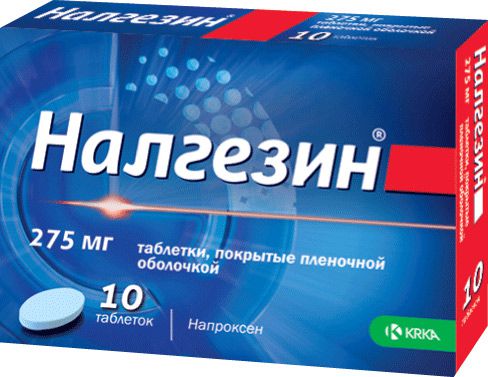
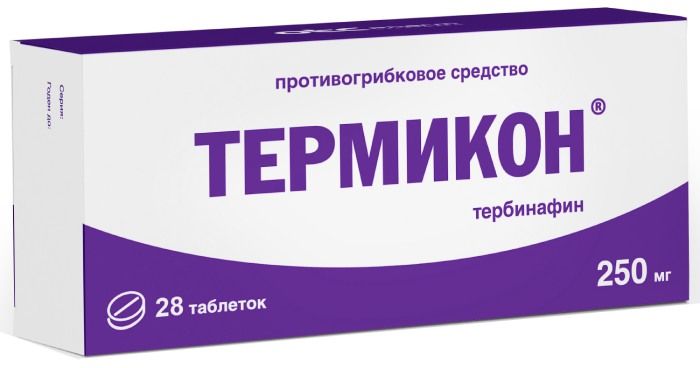
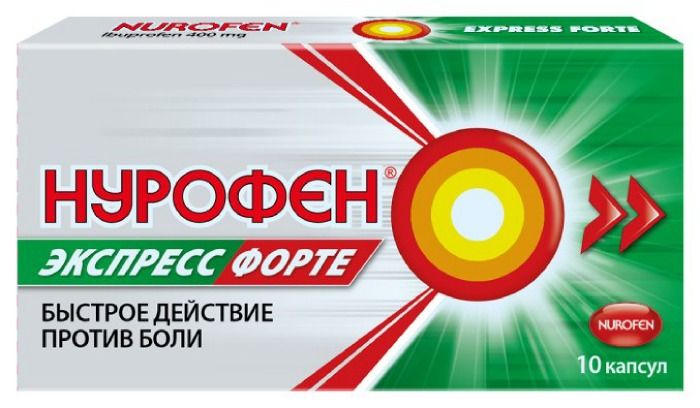


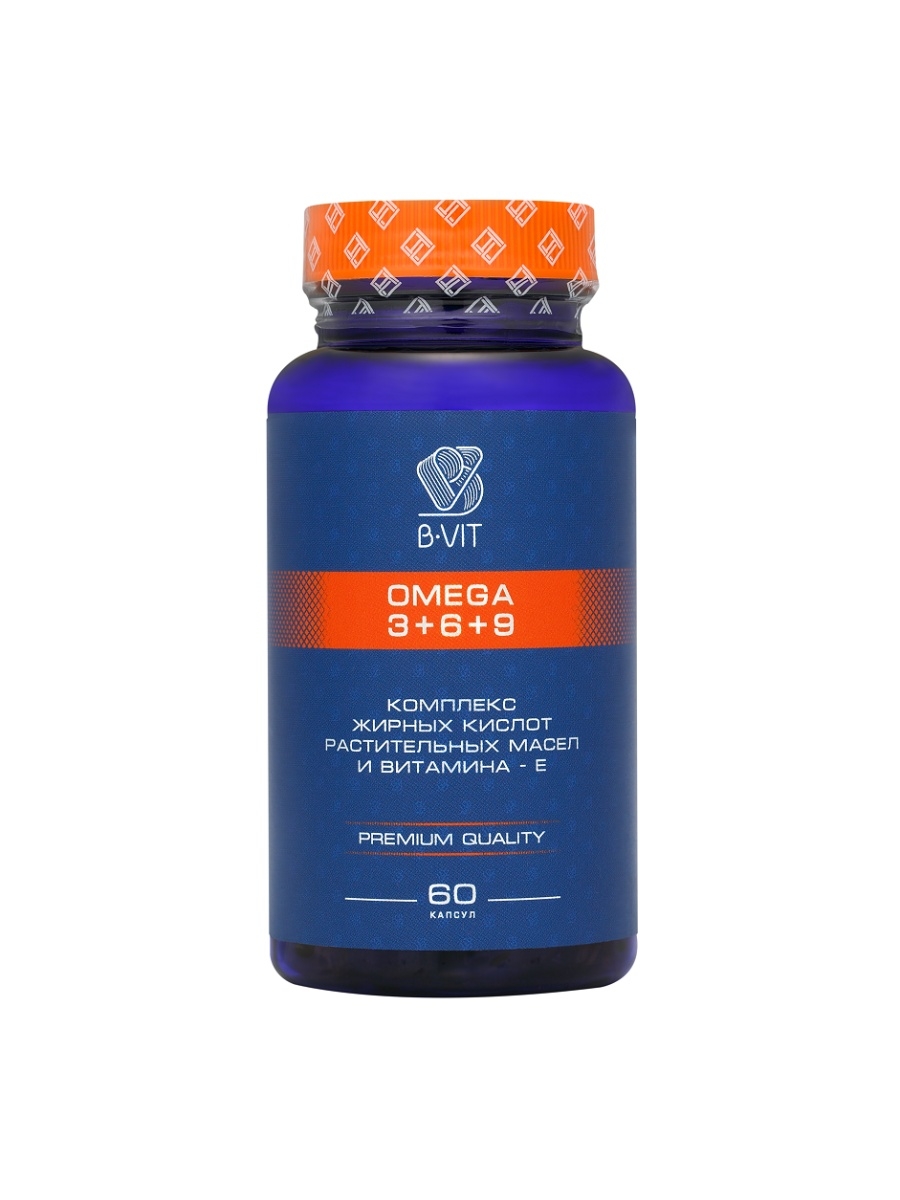
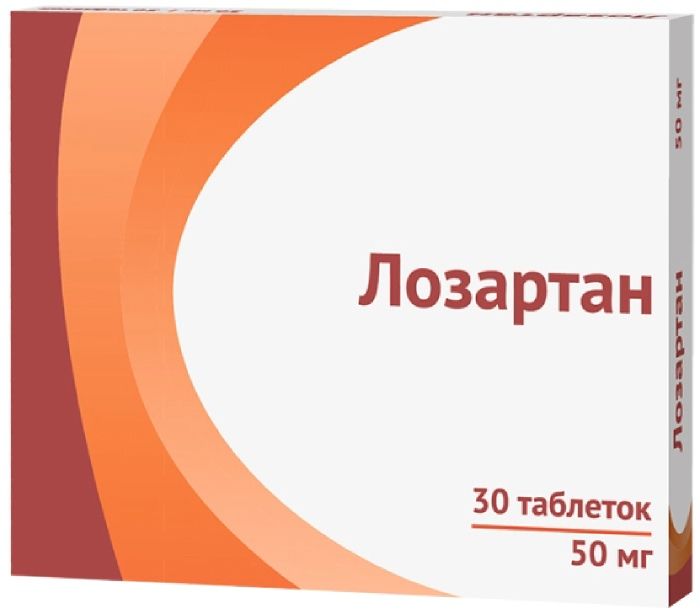
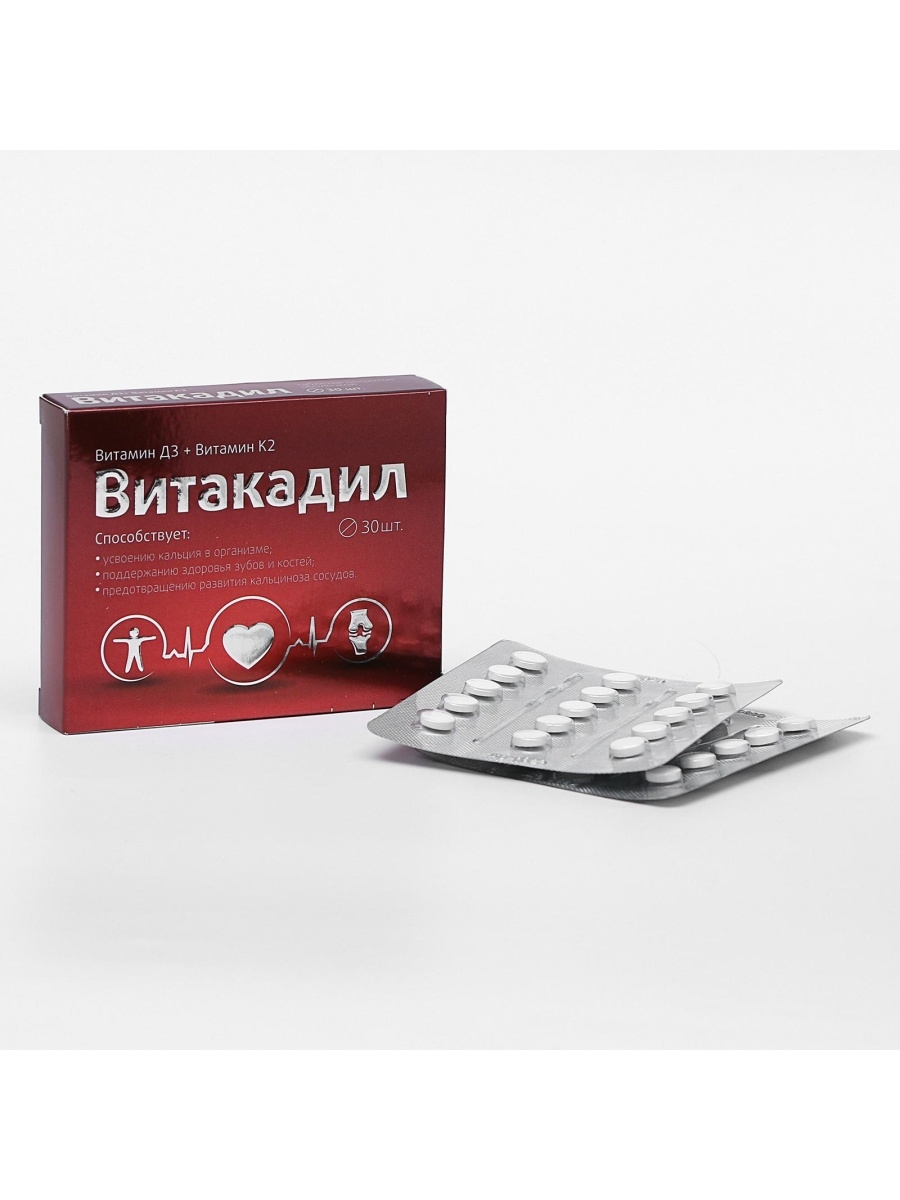
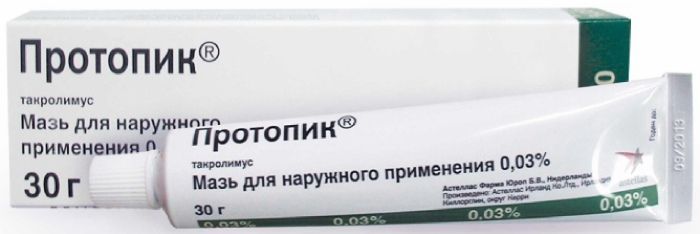




There are no reviews yet.